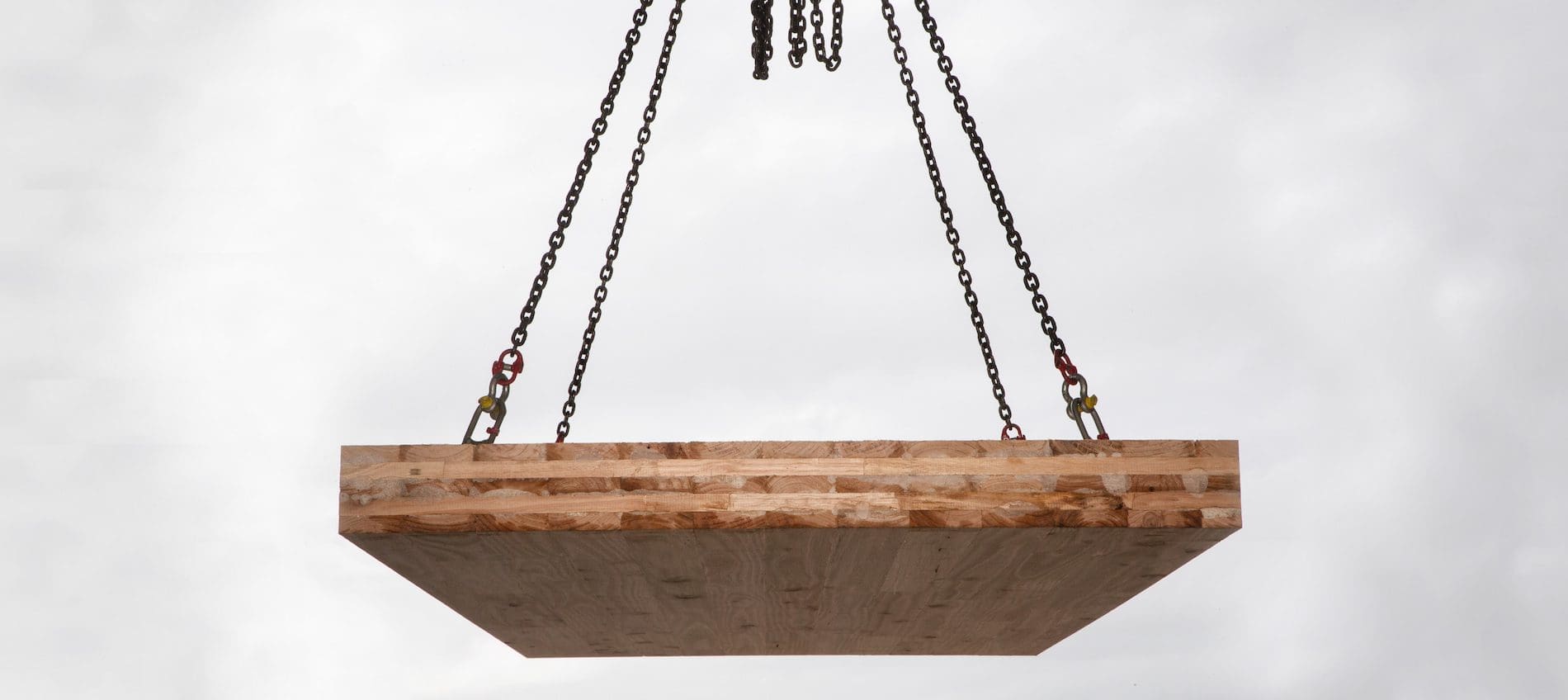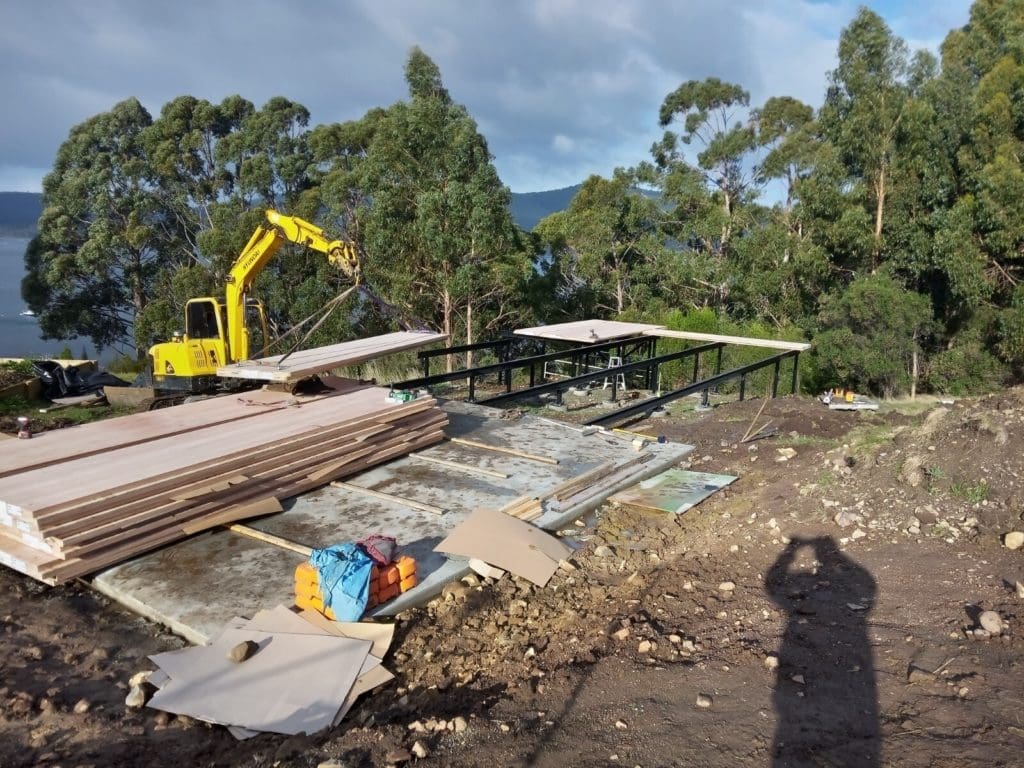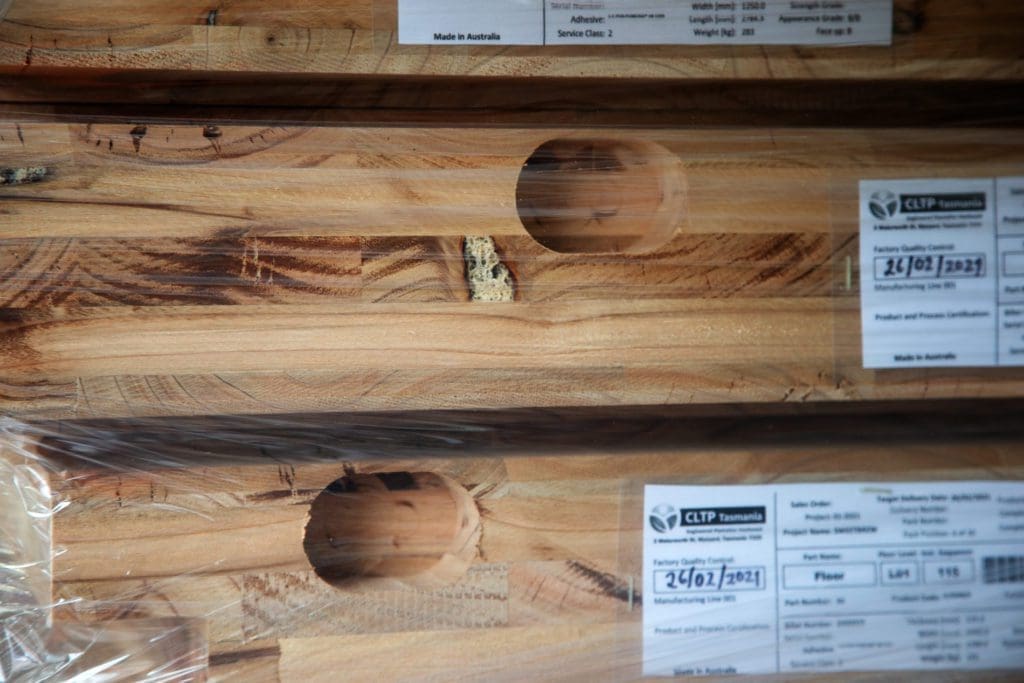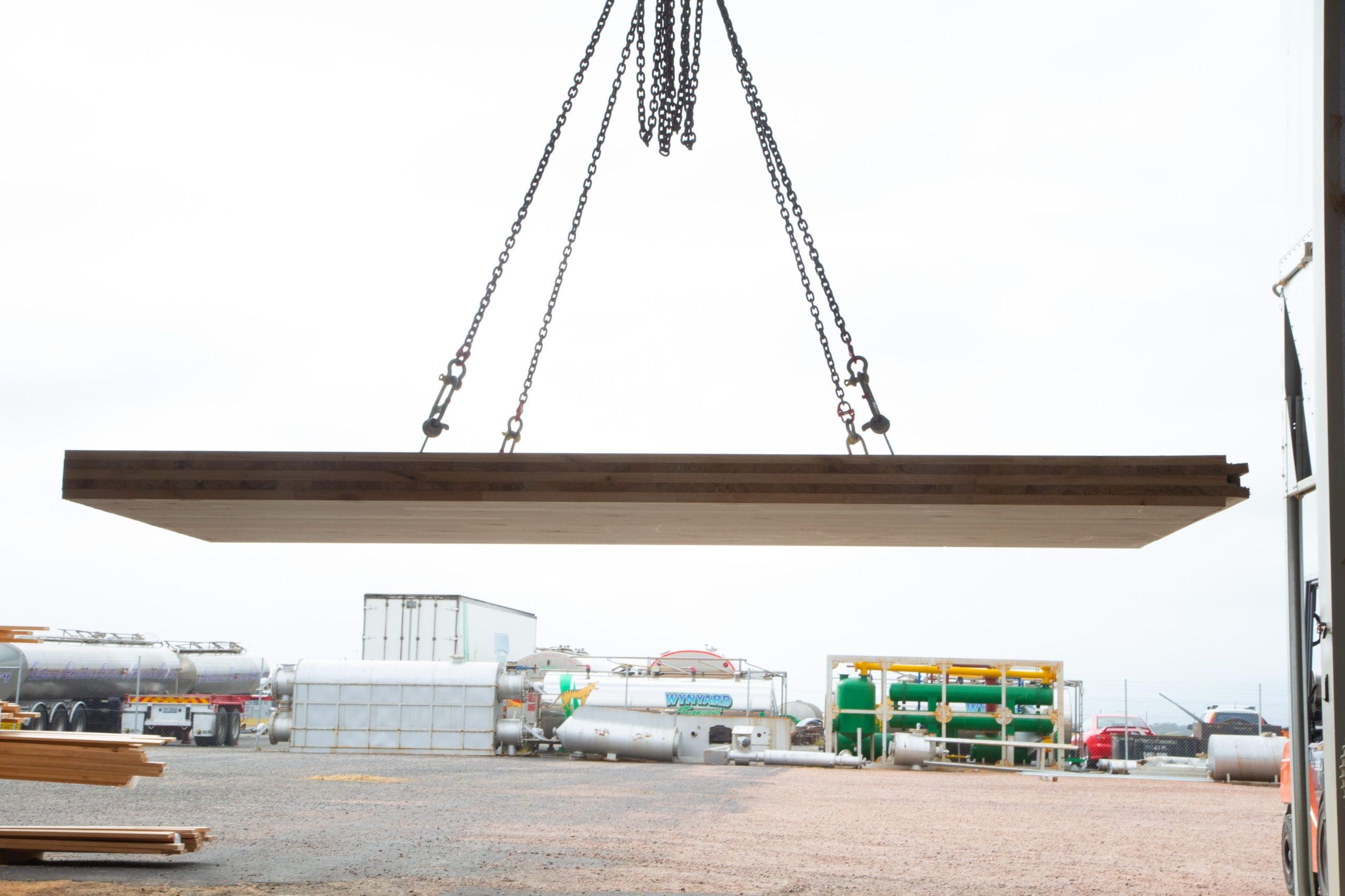Designed for Manufacture: The benefits of designing (and building) with Mass Timber

Mass timber has become well known as a construction material for commercial buildings but is now piquing interest as a building material in residential projects – and for good reason.
Despite the significant benefits of storing carbon, offsetting carbon-intensive materials and being a natural renewable product, mass timber has a whole host of other benefits that are hard to overlook for the built environment – for both commercial and residential projects.
Designed for Manufacture and Assembly
One of the major advantages of using mass timber building solutions is the ability to build the timber structure with speed and absolute precision. Mass timber elements are manufactured off-site to defined tolerances at the highest quality with all service penetrations and detail being able to be pre-cut in the factory. By optimising the design in this way, buildings can be manufactured with maximum efficiency. The resulting building is constructed with speed and minimal waste (of time or materials). This saves enormous time (and money) on the construction site. A residential house could theoretically be to lock-up in just two days. This is an enormous cost saving for the homeowner who not only pays less for trades but can be living in the space sooner.
Minimal waste and maximum recovery
A well-designed building, designed for manufacture, will achieve its purpose with the least amount of waste possible. The efficiency of manufacturing in a factory at millimetre precision ensures minimal waste less cost to both the client and the environment. In addition, the very nature of glue and cross laminating means that smaller pieces of wood, that would traditionally have been waste, can now be turned into a high-value product.
More net usable area
The leaner structures made possible by using plantation hardwood, mean more usable area inside the building for the same footprint. This means more space for living and a higher value property. Our mass timber floor structures are far leaner than other species, with similar strength properties.
Wellness
Buildings made of solid timber have positive effects on health. According to Planet Ark, wood has significant physiological and psychological benefits, including improvements to a person’s emotional state and level of self-expression; reduced blood pressure, heart rate and stress levels; and improved air quality through humidity moderation.
According to Bently & Baker (2020), our homes impact on our health is so substantial that “housing should be embedded in our National Preventative Health Strategy”. Household mould, noise, cold and damp, amongst other things, are key factors identified as contributing to poor health outcomes. Choosing permeable building fabrics such as timber, allows water vapour to passively flow into and out of buildings, reducing condensation. For this reason, wood contributes to a pleasant room climate with improvements in comfort and air quality.
More energy efficient
Using mass timber can improve the energy efficiency of the home, resulting in substantial cost savings for the client over the life of the property.
Recyclable at the end of its tenure
Mass Timber can be recycled in a whole lifecycle approach and reused in alternative projects in the future – keeping the stored carbon out of the atmosphere indefinitely.
The key to obtaining the numerous benefits of mass timber in either a commercial or residential setting is to engage with a mass timber engineer early in the design process.
Their expertise will ensure that all aspects of the design can be considered and optimised at the beginning to maximise cost savings and the constructability of the project.









